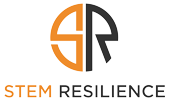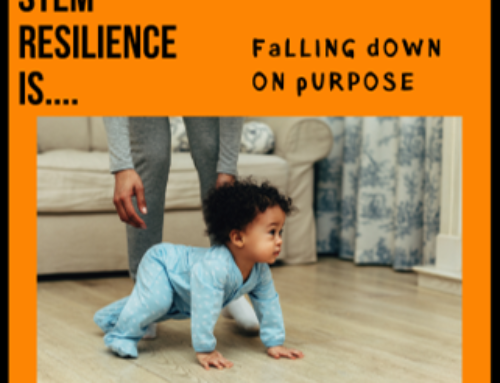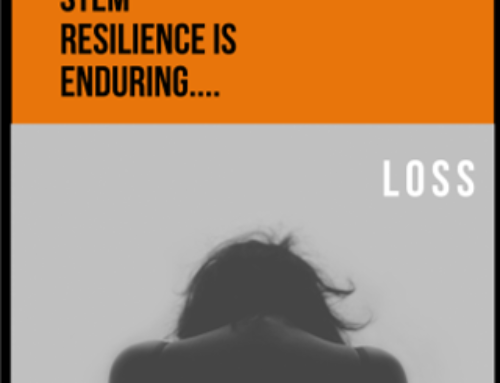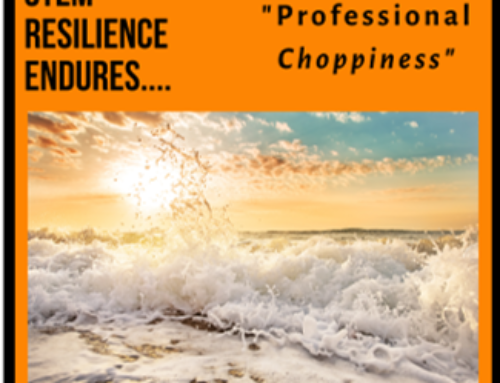What does it mean to stay in the game? What does it mean to be at the table?
Are they the same thing or do they conjure up different perspectives or thoughts in the Science, Technology, Engineering and Math (STEM) realm? One could argue that if you are playing a “table-based” game, then it is essentially the same thing. You must be at the table to play the game. For the sake of clarity – let’s treat them as two separate concepts and see where they may overlap.
Before we get started, we need to acknowledge that the recent changes in working conditions and the ability of STEM professionals to connect with each other has changed significantly. At the end of this blog – we will talk about how you can prepare for the future after this current crisis passes.
Interestingly, when I looked up “stay in the game” online, I came up with 115 million hits in 0.4 seconds. You gotta love technology – that search was way faster than me turning the pages of my five pound dictionary or a paperback thesaurus! There were several different variations on the term that I found, including:
-Staying ahead of the game
-Staying/Being on top of your game
-Changing the game or raising your game
-Staying True to the game
-Getting into and staying in the game
When looking up a combination of stay in the game meaning and sports – well – that search took way longer: a whopping 0.66 seconds for 52 million hits! In this instance – I uncovered phrases like: “get your head in the game”, “winning the stay-to-play game”. There were also concepts associated with “gamers” that play videos of sports that they have actually never played (in real life on the field) before.
In the STEM realm, staying in the game assumes that you were or are in the game to begin with! For some people that may mean keeping up your pursuit of the “credentialing prize” associated with your degree or certification. It is that credential that allows you to play in the game in the first place. If you are a student, that means persisting through tedious labs, long engineering homework assignments or competitive summer internships. For a STEM professional it may mean the short course you take to get your Engineering In Training (EIT) certification or passing the grueling hands-on technical test to become a lab manager.
The attainment of your “credentialing prize” certifies you to sit at the table in your new position as a process engineer or as a math tutor for the community college STEM enhancement program. About this time, I should say – all things being equal, you will progress in your career in a fair and equitable manner.
Well – we all know that all things are NOT equal, equitable or fair… That is what makes staying at the table or staying in the game particularly challenging in the STEM realm. Just think about your own STEM career – or that of someone that you know. There are no two careers that are alike; there are different supervisors, different projects, and different personal lives that impact the professional space! The fact that you have the same degree training and even the same GPA as someone else does not mean that you will “perform” the same on the same job either. There are professional skills (e.g., communication, ability to work collaboratively, leadership) that are not emphasized in traditional STEM career preparation. There are a range of types of interactions that are based on these skills in the STEM workplace. A number of institutions and STEM accreditation organizations are working hard to insure that future STEM professionals are well versed in the “hard and soft” technical skills.
An article entitled, “Peak Performance: Get Your Head in the Game” by Laura Beil in the April 2, 2014 edition of Women’s Health (see http://www.womenshealthmag.com/life/psychology-of-sport) indicated that sports psychology has exploded as a viable avenue for athletes to leverage their talent for success. In fact, Beil states that, “many of today’s top athletes have a sports psychologist on their payroll”.
Not to worry, I am not suggesting that you seek out your own personal STEM psychologist (although a STEM mentor or coach can be a great career growth asset);there are several things we can learn from this sports analogy. This is particularly true for more seasoned STEM professionals that find themselves working in environments where job security (e.g., working at IBM for 40 years) is a thing of the past. Beil indicates that we can still prevail on the “playing fields that matter to us… by employing these simple strategies”:
1) Do a Mental Dress Rehearsal
2) Know When to Let Go
3) Find the Words
4) Ignore the Haters
Finally, there is the bias, conscious and unconscious, that is sitting in a container on the proverbial STEM table that when ingested causes a series of side-effects that impact all sitting at the table. Actually, you don’t even have to ingest the bias directly – it can just spill out of the container and touch your STEM experience as well. Differences in race, gender, age, national origin, etc. can all color the ability of the STEM players to fairly interact and clearly connect with their colleagues at the STEM table. There are several national initiatives that are having important dialogues and developing initiatives to connect current and future STEM professionals with the issues and approaches to resolve the aforementioned issues. Organizations leading this charge include: the National Society of Black Engineers (NSBE), www.nsbe.org , the Society of Women Engineers (SWE), www.swe.org , the Association for Women in Mathematics (https://sites.google.com/site/awmmath/home) and the Association for Women in Science (www.awis.org) .
So what should you do now? I suggest that you ask yourself the following:
“What STEM game do I want to actively play in?”
“What will it take to get to the table AND stay at the table – if I decide to do so? How do I position myself for change if needed?
“What are the mechanisms I need to employ to address issues of bias towards me, by me or towards my co-workers?”
“Who do I need on my mentoring/Coaching/advocate/sponsor team to enable my career success?”
“How will my career plans (e.g., job planning, job search) change with the current disruption in my ability to work on my research?”
At the end of the day, we should all be able to make informed decisions, and have the proper equipment to play in the game. Knowing that there are back-ups, reserves and upgrades in the equipment for the game available to us as needed, is critical for our individual and our collective STEM success! As the STEM landscape changes, we will need to adjust our boundaries at both home and work. The reality of working from home with a new set of parameters has redefined “the table” and what it means to “play” there. Remember that STEM resilience will guide you in planning – you’ve come this far and still have a long way to go.





Leave A Comment